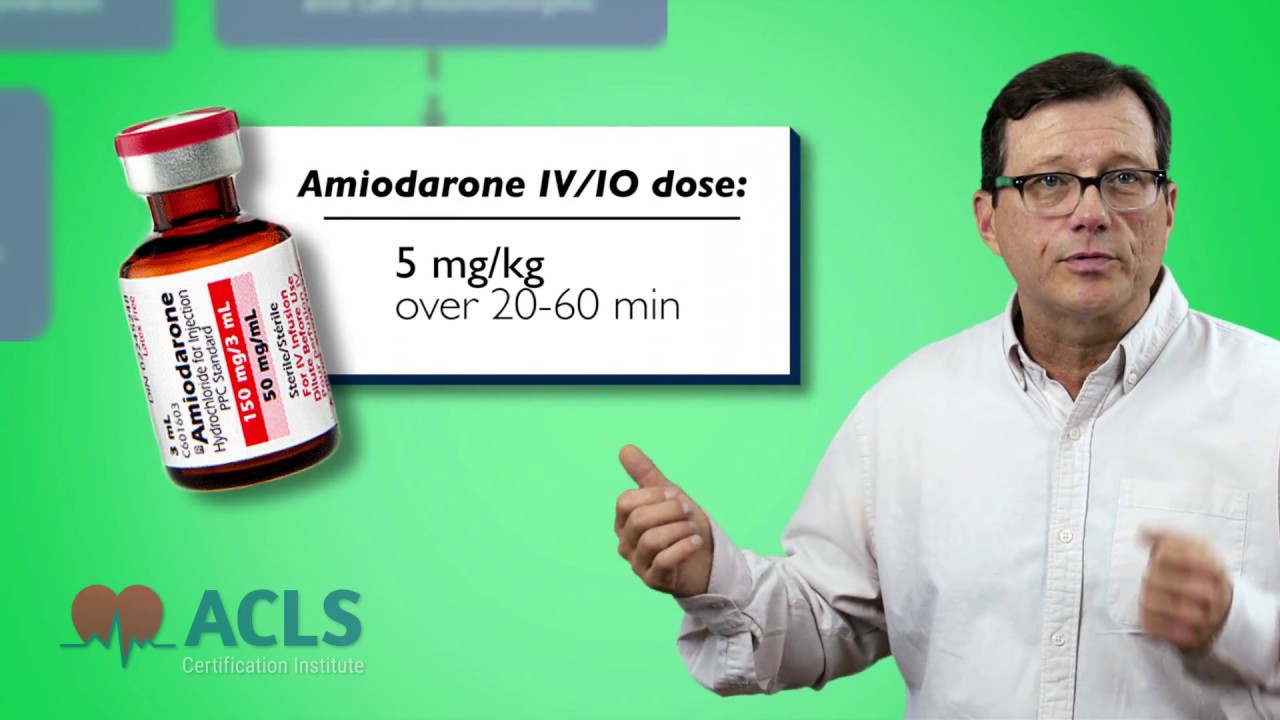
- Assess clinical condition. Perform an assessment for a clinical condition. A heart rate of 150 beats per minute is more likely to be symptomatic.
- Identify and treat underlying cause. Identify and treat any underlying cause. Maintain the airway and give the patient oxygen if indicated. Place the patient on cardiac monitors to identify the rhythm and monitor blood pressure and oxygen saturation. Unstable patients require immediate cardioversion.
- Is persistent tachyarrhythmia causing symptoms? If the tachycardia is persistent, check for symptoms that may be caused by the tachycardia such as hypotension, acutely altered mental status, signs of shock, ischemic chest discomfort, or acute heart failure.
- No. Wide QRS? If the tachyarrhythmia is not causing symptoms and the patient is stable, determine if the QRS is .12 or more.
- Wide-complex tachycardia. Establish IV access and obtain a 12-lead ECG if it’s available. If the QRS is greater than .12, and if the patient’s rhythm is regular and monomorphic, consider administering adenosine. Antiarrhythmic infusion may also be effective. If the patient remains stable, consult an expert about further diagnosis and treatment.
- Narrow QRS Establish IV access and obtain a 12-lead ECG if it’s available. If the QRS is less than .12 and the patient has a regular rhythm, attempt vagal maneuvers. If the SVT does not respond, administer adenosine. Consider using a beta blocker or calcium channel blocker if the tachycardia recurs. Consult an expert about further diagnosis and treatment.
- Yes. Synchronized Cardioversion. If symptoms are present, the patient is unstable. Proceed with synchronized cardioversion. Establish IV access and administer sedation if the patient is conscious. If the patient is extremely unstable, do not delay the cardioversion. If the patient has a regular narrow complex rhythm or a monomorphic wide complex rhythm and is not hypotensive, consider administering adenosine while preparing for synchronized cardioversion.
Recommended Articles

Shockable Rhythms: Ventricular Tachycardia, Ventricular Fibrillation, Supraventricular Tachycardia
According to television, if there’s a heart problem, you shock it, right? WRONG! Learn how to properly manage shockable rhythms.




